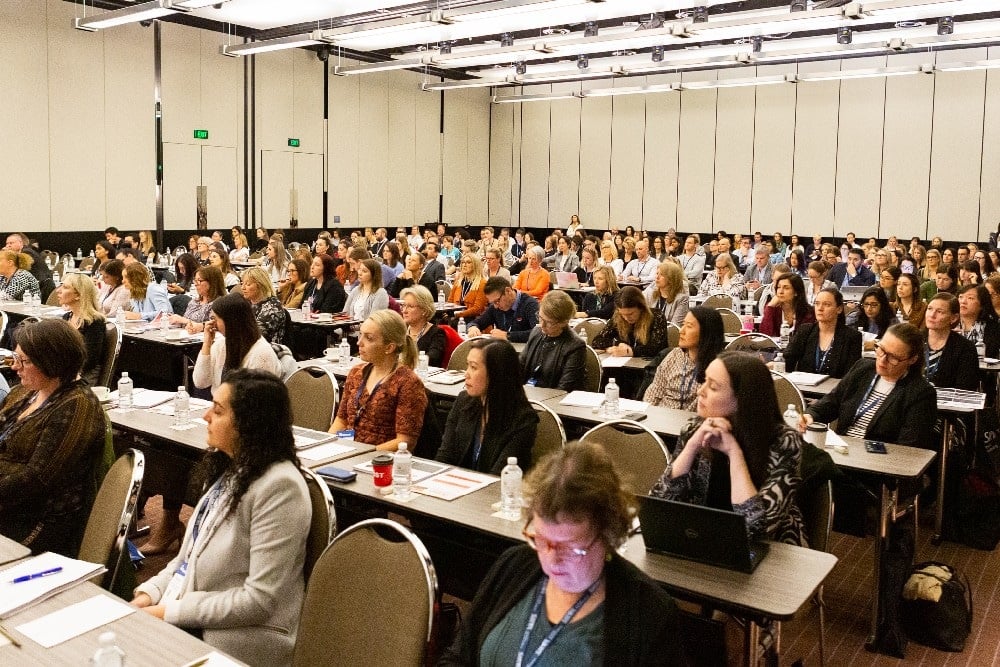
At this point in time, there are many people in fear and anxiety. As a leader, you’re undoubtedly feeling panicked about what you can do to help your employees, family friends and organisation.
Access leadership and trust building communication tips to help you improve team productivity and safety.

At this point in time, there are many people in fear and anxiety. As a leader, you’re undoubtedly feeling panicked about what you can do to help your employees, family friends and organisation.

Over the years, I’ve worked with many CEOs across Australia from predominantly midsize companies. Some will complain about their people not being fully productive or trusting others in the organisation. They despair at how their staff gossip and assume the worst-case scenario.

In a wood-panelled conference room in Seattle, a handsome dark-haired man called Nick sits with three people. They are all working together on a marketing plan for a start-up. It looks like a typical business meeting. One of possibly thousands that occur in the city each day. Except Nick is not a business man. He’s an actor with a secret mission to sabotage the group’s performance.
High-performance teams are vital to an organisation’s success. But they need TRUST first to succeed.

Recently, I chaired the two day Melbourne HRD HR Summit that included heads of people, culture and learning from a variety of well-known Australian and international brands. Companies such as Spotify, Australia Post, Telstra, Hesta, St Vincent de Paul Society and Mirvac.

The world needs more high-trust leaders. Leaders, who support those around them, respect other people’s viewpoints and who are open to being challenged and challenging others to bring out their best. Leaders who trust people and believe in them.

To continue to grow and solve today’s tricky business challenges, requires organisations to adopt new ways of working, in order to stay relevant. Unlocking the value by enabling cross-functional collaboration; between finance, HR, marketing, sales, operations and technology and so on, enables cultural agility. The first place to start is with the C suite.

As someone who speaks at leadership conferences to help leaders understand how to identify and maintain trust, I often get requested about what team building exercises need to be designed into the conference program to help employees build trust with each other. What is interesting is that I commonly come across three common misperceptions of how you foster trust in a company that actually do more harm than good.

Talk to anyone who works in a company and pretty soon you will be regaled with examples of poor leadership behaviours. Whether it’s the funny story about the leader that hoards information or the one about the employee who finds out they have a new line manager to report to when they fill in a leave application, examples of poor leadership are about as common as lice on primary school children. And just as frustrating to eradicate (lice that is, not children).
When it comes to developing a high-performance culture – trust matters. In fact, twenty years of research from Great Places to Work Institute found that trust between an employee and their direct manager, as well as the organisation at large, is the number one predictor of employee engagement. In other words, if you want to measure employee engagement, measure how much people trust their direct manager and the organisation. The benefits are huge – 51% more employee engagement, 40% less burnout, 18% more productivity, and 40% more loyalty to name a few.